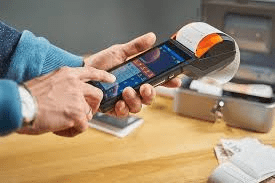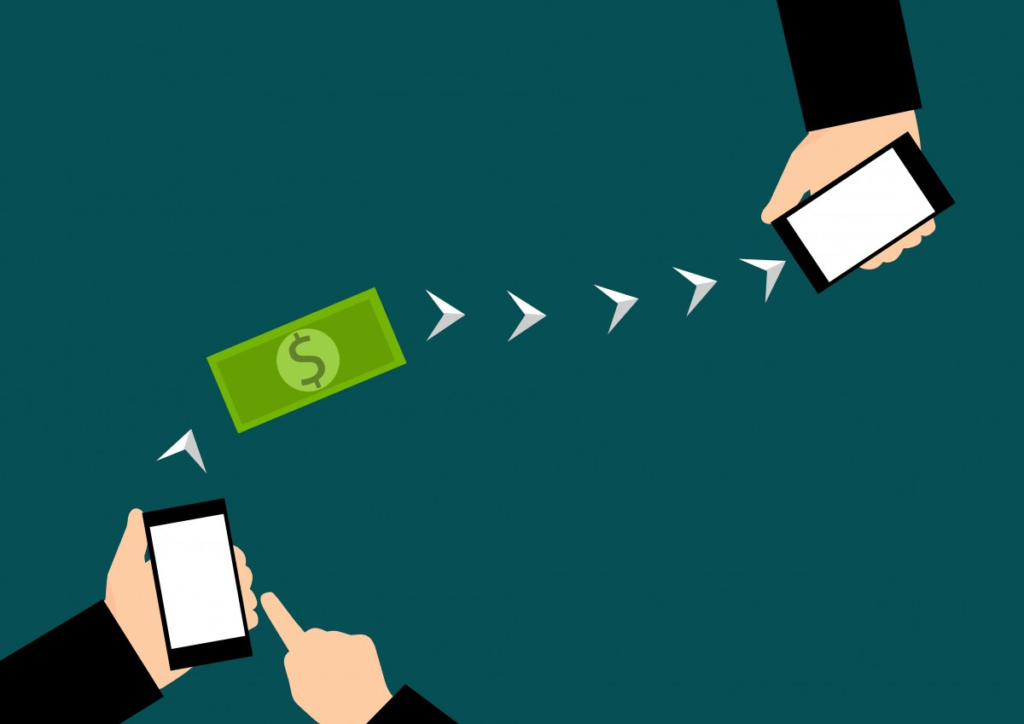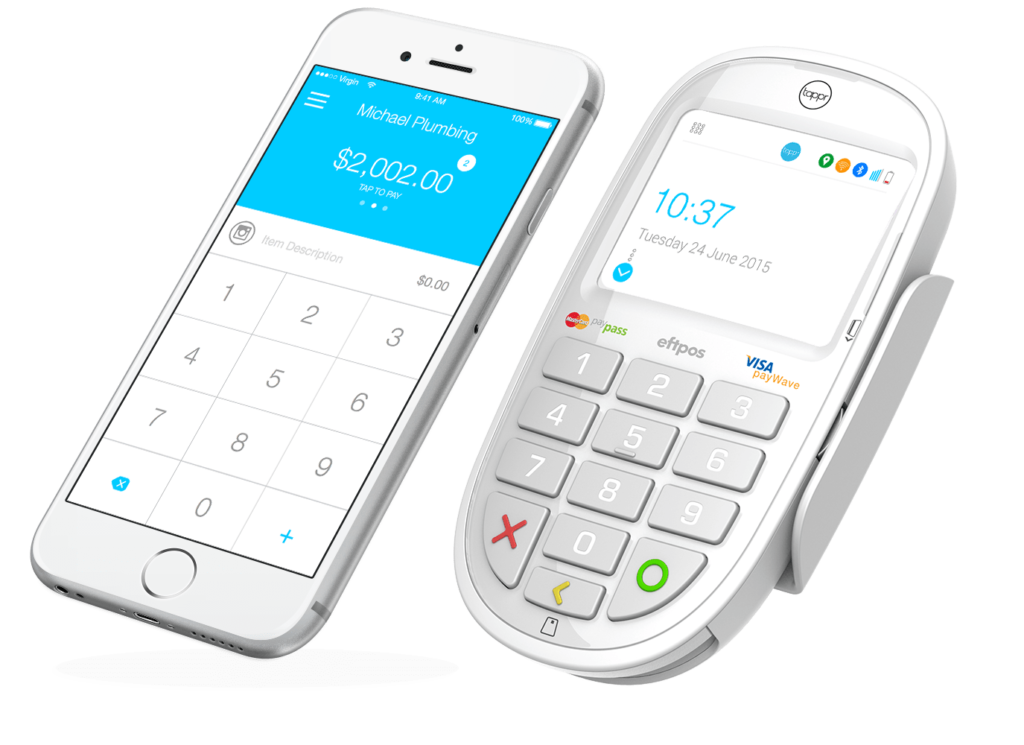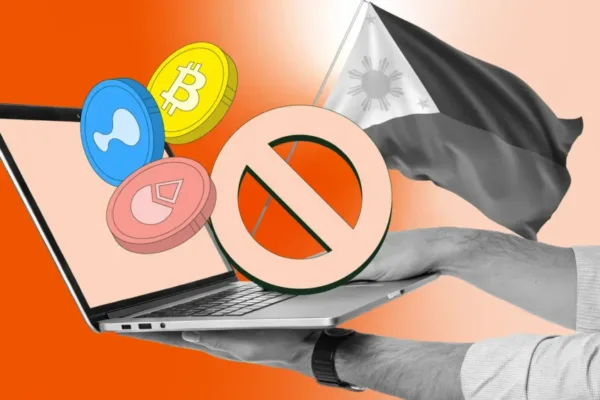No one is paying cash any more. Covid-19 has made sure of that. No big deal. I accept plastic for my small business. But now more people are waving their smartphones to pay for things.
I was alarmed that even my usual customers were now looking to pay through their devices. I didn’t notice it before the pandemic. That was when I realized that e-payment is the future of my small business.

What is e-payment
E-payment is the purchase of services and goods online or in-store without the need for cash. E-payment uses digital money stored in e-wallet apps in devices. E-payment can also be done through a website. The transfer of funds is quick and generally secure. Some sites place the money in escrow until the customer has verified that the products were satisfactorily delivered.
E-payment is one of the largest sectors of the fintech world. Total e-payment made in 2019 amounted to US$ 4.9 trillion.
E-payment can lower your operating costs by limiting trips to the banks, and the need to buy papers and forms. You just open your favorite financial software to keep track of your accounts payables. No need to dive into mountains of invoices and receipts.
Do keep in mind that I will be going back and forth between two types of e-payment. The first one is mobile payment through e-wallets which happens in-store through terminal readers. The second one happens on your website also known as online payment where the customer could be on the other side of the world ordering and paying for your products through a mobile app or laptop.
How do you install e-payment in your small business
1. Research your target customer
Millennials grew up in the digital age. They take to e-payments like fish to water. Are they your target customer? If your services and products are aimed at the younger generation then getting on board with e-payments is a no brainer.
Talk with your store crew to find out if they have been getting inquiries about mobile or e-payments. For the older age group, you have to get under the layers.
More affluent adults are usually open to using technology to make their lives more convenient. They are not early adopters of tech such as e-payments but they do come in the huge second wave.
Of course, there are the traditional folks who don’t normally change their way of doing purchases. Keep the cash register on hand for these folks.
2. Scout for an e-payment provider
You can easily outsource the payment solution to a third party. Payment systems like Paypal, Stripe, Amazon Pay, and a lot more can be added to your site. They will handle the bankend and make sure you receive your payment.
When customers enter their credit cards on your site, these third party payment systems authorize the sale, and transfer the funds to your account. They collect a service fee per transaction.
Setup can be done in minutes by yourself. If your site is more complicated, then you will need a web developer. Integrating e-payment systems into big sites involves coding and debugging so it could take days or even two weeks. This should not be an issue for small businesses with a simple e-commerce site.
Find out if the provider covers your area and what’s their user base in your particular market.The more users the better. Some providers collect a flat fee per transaction. Others go by percentage of purchase amount. There are those who collect a monthly license fee.
Study the numbers and if your business can afford these fees. Read the fine print for any hidden charges and lookout for evergreen or auto-renewal clauses.
3. Get a merchant account.
As a business owner, you may already have one with your bank. Visit your bank’s website or call them to find out if they integrate with most payment providers. You need this because you want sales to go into your bank account.

4. Invest in a device for payments only.
A decent smartphone or tablet will do. This is where you will download the mobile payment app so that it can read customers’ e-wallets stored in their smartphones. Keep this free from unwanted apps. This is where you will install the merchant mobile payment app so don’t play games in your payment terminal.

5. Get a mobile card reader
You will also need a mobile card reader. Why? Just plain force of habit. Some customers will prefer to pay using their credit cards or debit cards.
They just want one piece of paper to deal with regarding their purchases at the end of the month. These mobile card readers connect to your smartphone or tablet, or AC adaptor for power.
A review of the best mobile card readers from business.org can be found here.

6. Make sure you have a fast Internet connection.
Your devices, bank, and mobile payment provider will be communicating with one another through the Internet. You need a reliable connection in your store that links to your POS devices via WiFi or LAN cable.

7. Install a mobile payment app on your device.
This is the software that makes everything work. You will want a mobile payment app that can process payments, take orders, send refunds, or print and send receipts.
A good mobile payment app paired with a mobile card reader will transform your smartphone or tablet into a full-fledged mobile POS system.
Fundera has a nice review of the best payment apps for small businesses here.

Conclusion
For me the biggest plus for e-payment is that it bridges the transition from a physical store to an e-commerce web store.
There are millions more brick-and-mortar stores that are transitioning to 100% online. You don’t have to pay rent, build a store, deal with utilities and secure dozens of permits before you can open your doors to customers. Not having to deal with these can save you tons of money.
Having an online payment feature makes it easy for small businesses to scale up. You don’t need a retail outlet so you can just retain storage or production in your home. An affordable rental place away from prime locations with costly rents is also a viable option.
Using e-payments also allows you to serve markets that are way beyond what a traditional store can reach. The freedom from a physical store means that customers from around the world can find your e-commerce website, look up your products and pay for them at the convenience of their homes.
There’s a selection of logistics companies that you can integrate with your website to fulfill the orders. All this is done automatically. But that’s a topic worthy of another post.







